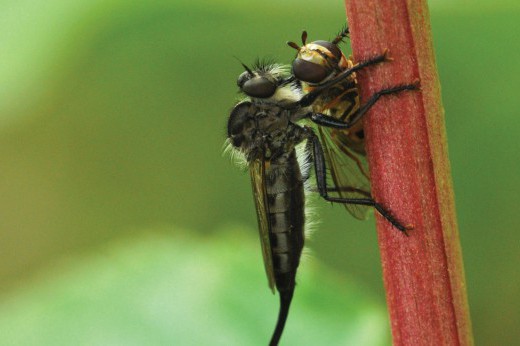What bird has a rosy red head, a pleasant song, is native to North America, and was once commonly kept as a cage bird? The house finch! This bird hails from the western coast of the U.S. and parts of Mexico. In the early 20th century, house finches were caught and brought to the East Coast, where pet stores sold them as “Hollywood finches.” Since their diet is entirely vegetarian, they were easy to maintain in a cage and would sing to their owner’s content.
It turned out, though, that keeping a native wild species is a violation of federal law, and around 1940, a large number of captive house finches were released on Long Island. They found the conditions for living and breeding here very acceptable and spread to Connecticut and New Jersey, continuing westward until they covered the entire U.S.
Then, around 1994, the house finch population became infected with conjunctivitis, an eye disease. This distorts the bird’s vision so it is unable to find food and detect predators. The disease easily spreads via certain types of seed feeders, especially the tube type favored by house finches. Other bird species can be affected, but none to the same extent. The house finch’s nesting habits also contribute to the disease's spread. In the later stages of raising its young, the house finch stops cleaning out its nest. Nests are sometimes reused, too, which allows the bacteria to spread. In a very short time, the house finch population fell by 90 percent.
House finches have since made a comeback, though, and are common here and throughout the United States once again. They seem to favor suburban gardens over inner cities and country settings, but they are still seen in Brooklyn, and they breed in Prospect Park. If you are lucky, you may spot one there or in the Garden. (Only the males have the red coloring. Females are brown.) They are residents or short-distance migrators and are present year-round. Their nice song and unusual coloring make them a favorite of both expert and casual birders.
The Birds of Brooklyn series looks at some of the most familiar and fascinating birds that call Kings County their habitat.



